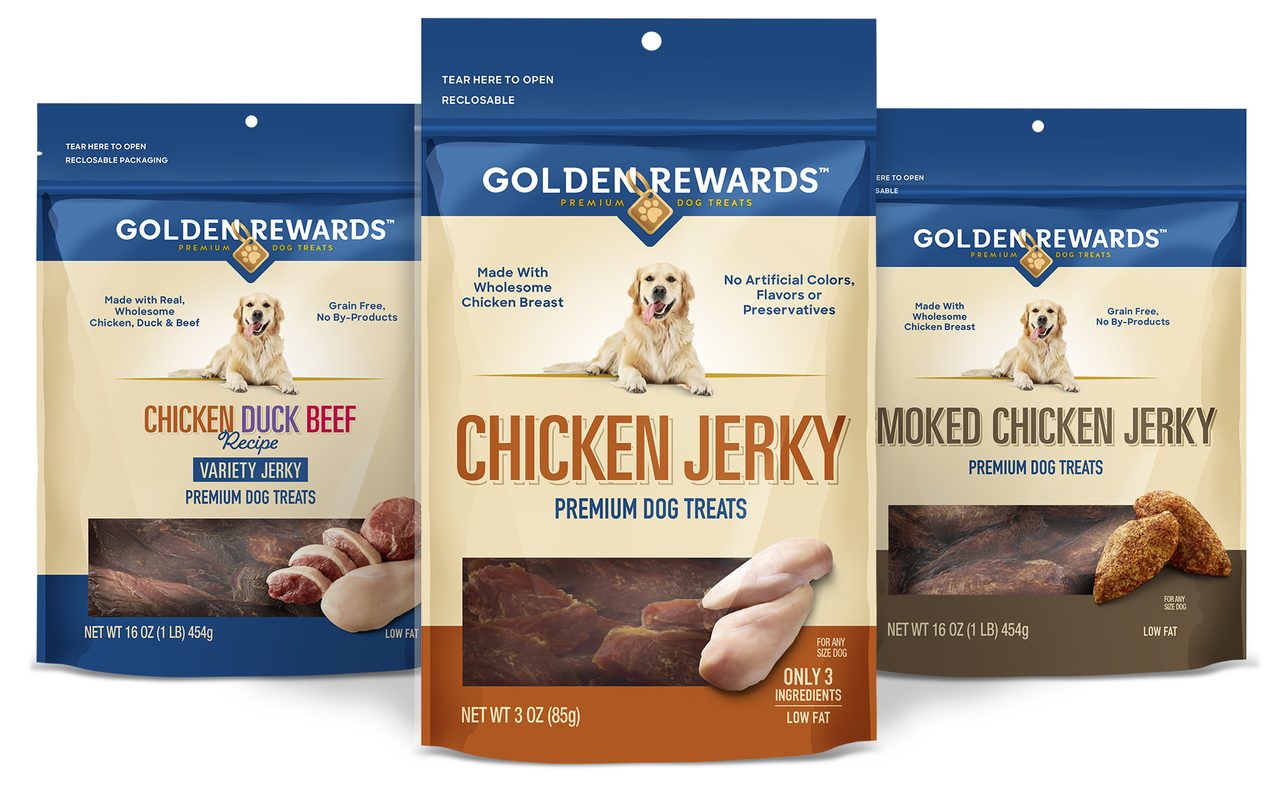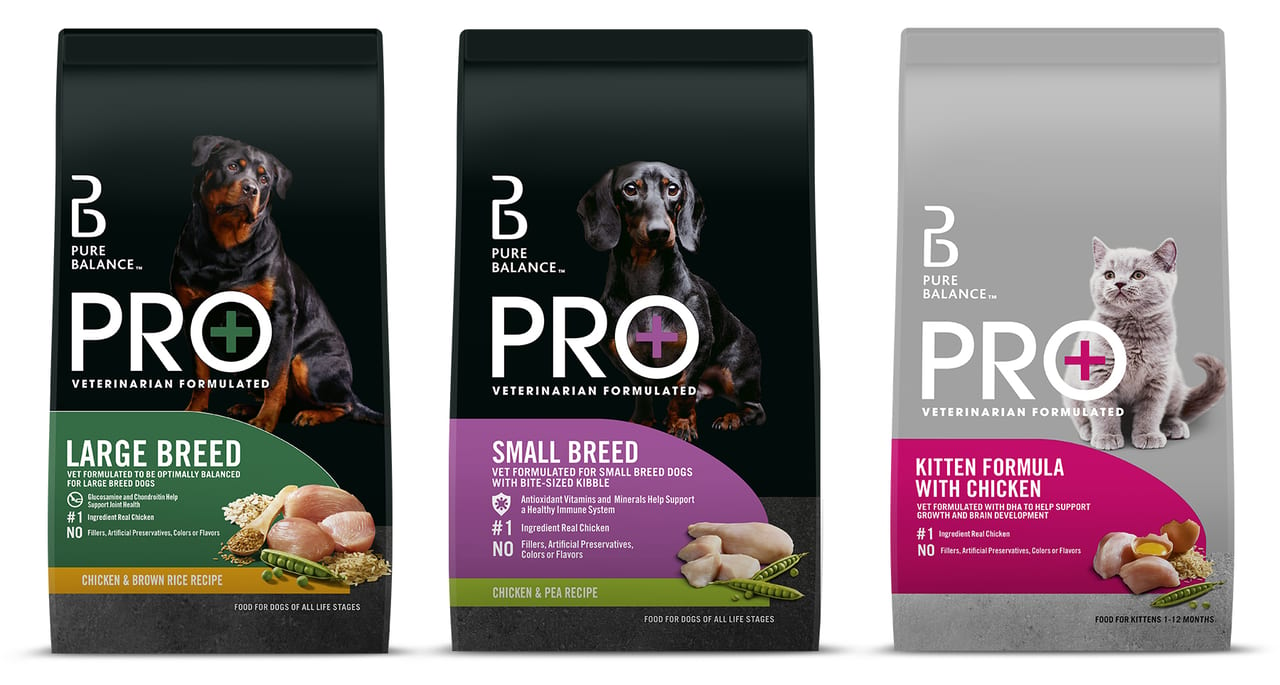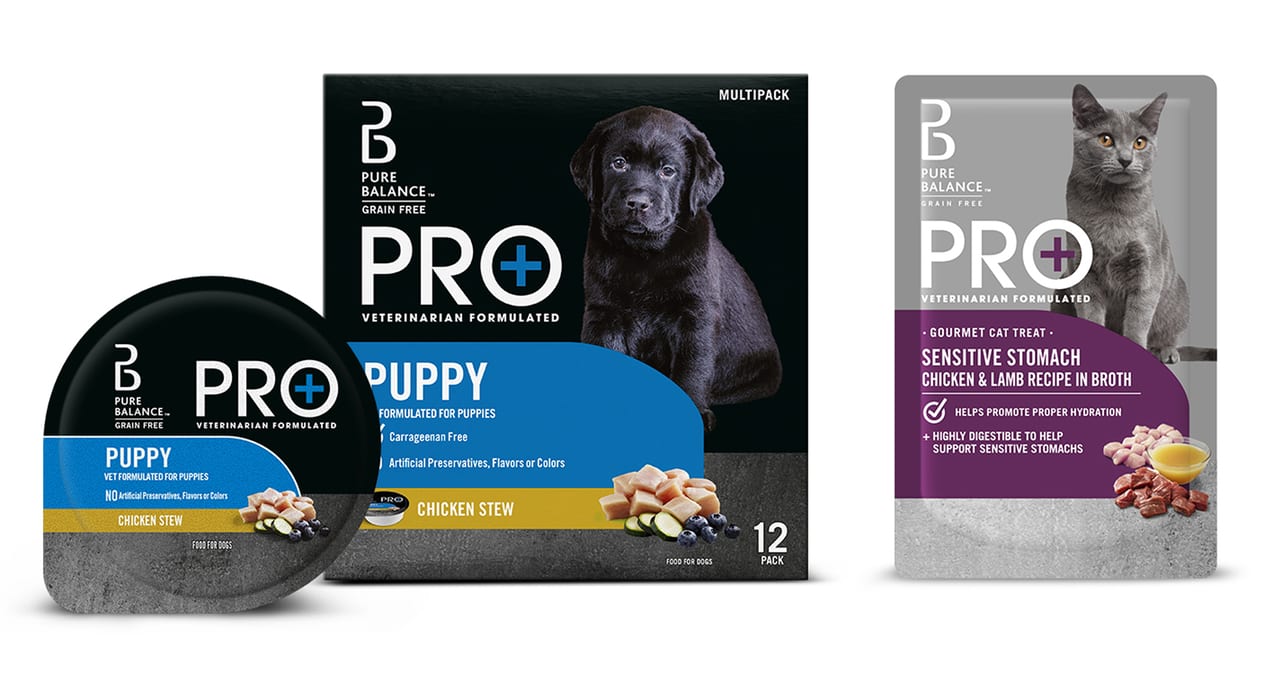
a Brand
REVITALIZE
When and How to

When should companies allow declining, ageing brands to finish their life cycles? When should they opt to revitalize them?
By Jen Gaeto
“Declining” is not a word you want to see when it comes to brand performance. It usually prompts two courses of action: save or scrap. For those that were previously strong but have failed to adapt to consumers’ changing priorities, there is a strong argument for the former. Revitalizing and repositioning a previously successful brand can restore its glory. In other situations, however, where a brand never won much market share within its category, or failed to grow a devoted following, there may be a compelling reason to scrap it altogether.
To figure out which approach is best, retailers should endeavor to understand the gap between their aspiration for the brand and its current performance. Profitability matters. If a brand has become unprofitable, the question is why? The answer will determine the best course of action.
Research, from customer insights and market analysis to trend forecasting, is a great place to start.

Equator designed Co-op’s pet food packaging to appeal to consumers who see their pets as members of the family.
Retailers may find that the brand simply isn’t communicating its proposition, quality or benefits clearly enough, or is doing so inconsistently. In this case, a rebranding exercise is likely to be fruitful. If packaging design is cluttered or lacking in appropriate callouts, it won’t be catching the eyes of consumers who might value it’s USP. Let’s use dog food as an example. Your products are premium and contain ingredients that address specific health concerns. Current trends indicate that this subsection is growing in popularity, so why is your brand not succeeding?
There are several questions you should ask in this situation if research suggests low brand awareness. How does your packaging currently communicate the special elements of each product? Have you placed callouts in the right location to make sure they’re seen whether the pack is standing up or laid on its side? Do the visual cues you’re using make it seem too similar to mass-produced "generic"dog food? Does the photography you’ve used highlight ingredients or depict their benefits (i.e., a glossy coat or healthy teeth)? The story your brand tells through packaging design might not resonate with your target customers in its current form. It might be time for a rebranding exercise.


Evolving the look and feel to reflect the brand’s quality by aligning with premium-tier cues via a host of characterful photography that signals food type, flavor and ingredients.
If your brand previously had a devoted following, but it is started to wane, you might want to do some consumer and trend analysis. Have previously loyal customers chosen another brand because yours hasn’t moved with the times? Understanding customers’ purchasing decision drivers will help here. Certain trends, such as an increased desire to buy from "sustainable" brands or brands that use local suppliers, might make certain heritage brands less appealing, particularly with a younger audience who care less about what a brand did years ago and more about what it’s doing in the here and now. If your brand doesn’t highlight product transparency — either by using callouts, color cues, well-designed windows or appropriate photography — it’s not going to be as competitive as it deserves to be.
As effective as a rebrand can be, there are also situations where companies may wish to simply let their declining brand go. One such situation is when a company wants to change its overall strategy but a brand is too closely associated with something they want to move away from. Perhaps starting new is the smarter decision here. Likewise, when a brand has never competed well within its category or achieved the desired share of consumer spend. Certain categories, such as those with strong national leaders or complex products, can be difficult to compete in. In this case, retailers may decide to stop investing in brands currently active in areas that aren’t as profitable, in favor of something new that can gain a bigger share of consumer spend in its category.
It’s never easy to know when to call it quits on a brand or to determine whether that’s the right decision. Before retailers do so, they should make time to examine their brand’s strategy and conduct research into customer behaviors, trends and competitors. With insights gained from this exercise, they can confidently decide whether revitalizing an older brand will bring it back to life.
Jen Gaeto is the executive creative & strategy director for the U.S. at Equator and provides insight on when the time is right in order to capitalize on fast-changing consumer demands, increasing global competition and diminishing awareness of heritage brands among younger consumers.